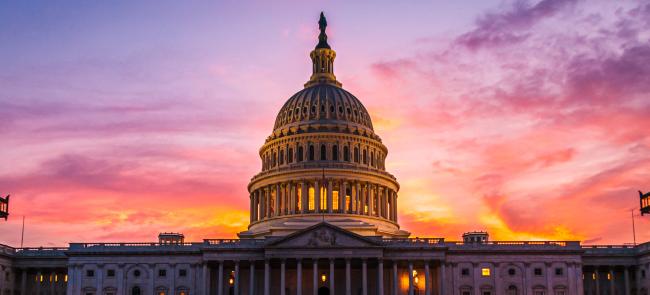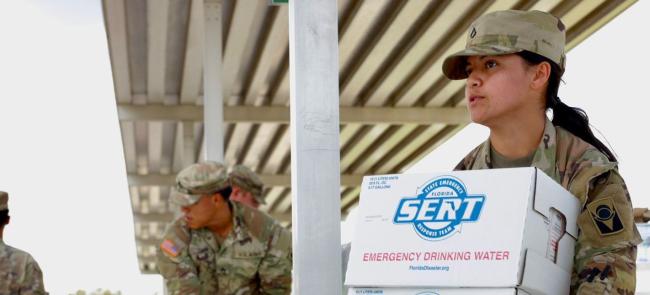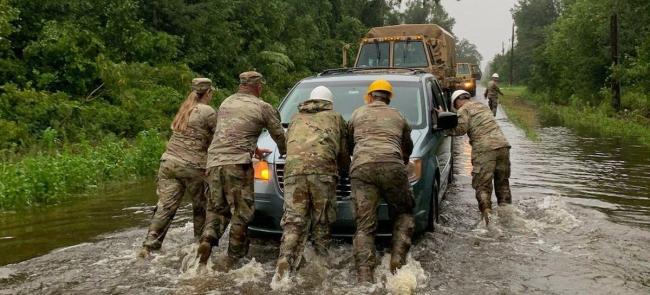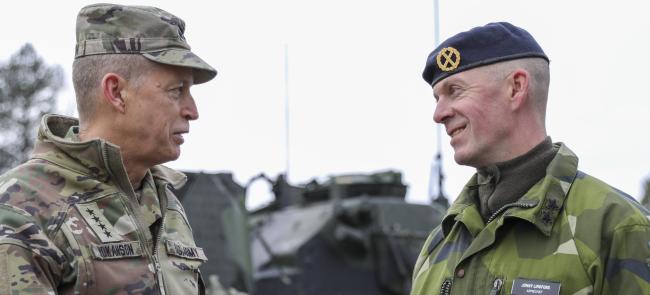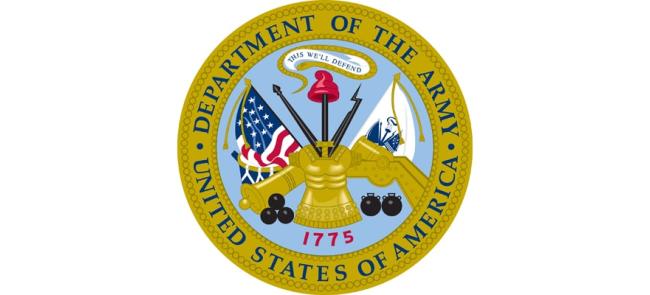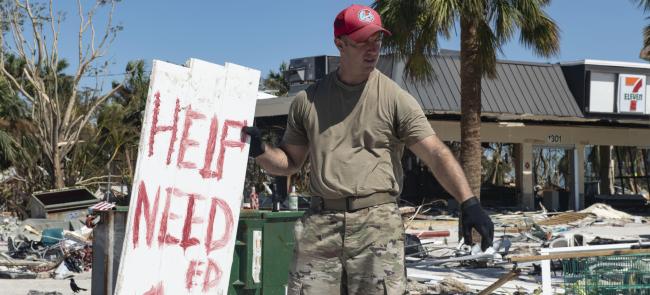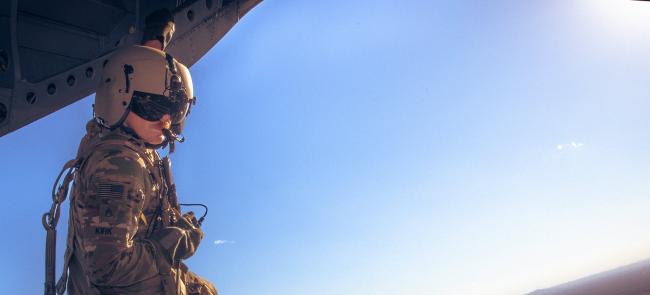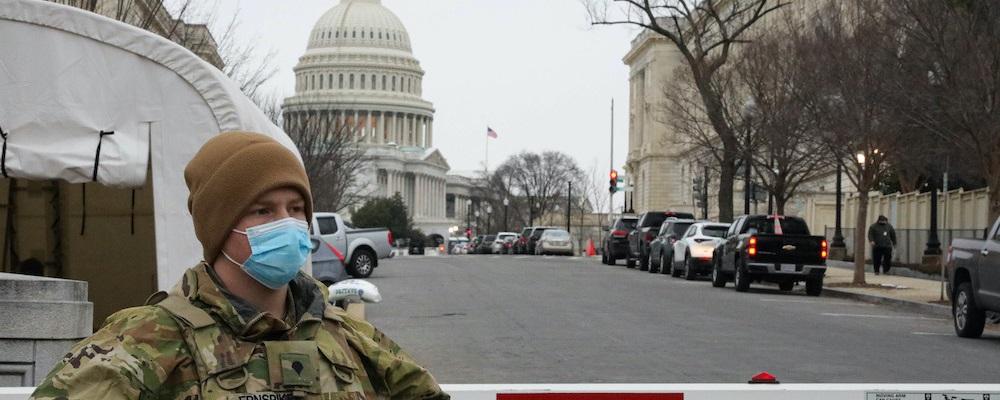
A review of the Defense Department's role in preparing for and responding to the deadly Jan. 6 attack on the U.S. Capitol has cleared the Pentagon of any inappropriate actions.
But the DoD Inspector General’s office made several recommendations in the report related to the use and readiness of the District of Columbia National Guard. And investigators’ timeline of events has come under fire from the former commanding general of the D.C. Guard.
The IG’s office began its review in the days following the Jan. 6 attack and interviewed several Guard leaders, including Gen. Daniel R. Hokanson, the chief of the National Guard Bureau, and Maj. Gen. William Walker, then head of the D.C. Guard, as well as senior DoD and Army leaders.
Following publication of the report, Walker demanded a retraction to claims he had to be told twice to send Guardsmen to the Capitol on Jan. 6.
Walker is currently House sergeant-at-arms.
According to the IG report, then-Army Secretary Ryan McCarthy called Walker at 4:35 p.m. on Jan. 6 to inform him that the Guard had been approved to provide support to U.S. Capitol Police and again 30 minutes later to reiterate the decision.
Walker disputed that timeline in an interview with the Washington Post. He said he received notice at 5:08 p.m. and immediately sent forces to the Capitol.
“Every minute mattered. You have to understand: These are my friends here,” Walker said.
In congressional testimony earlier this year, Walker said he wanted to deploy troops to the Capitol sooner but had to wait on approval from the Trump administration. He previously said Capitol Police requested help at around 1:49 p.m.
The IG review concluded that all actions DoD took before Jan. 6 and during the attack itself were appropriate and consistent with the DoD’s roles and responsibilities for domestic support to civilian authorities. It notes that no incidents on Jan. 5 or the morning of Jan. 6 foreshadowed the events at the Capitol and no federal agency requested support for anticipated civil disturbances.
The report also noted that “The vast majority of DCNG personnel are not active-duty personnel and the DCNG is not an emergency response organization equivalent to a police or fire department. The DoD has no units configured for immediate response to civil disturbances in the [National Capital Region], and the DCNG has no civil disturbance capability available for immediate response unless a force is requested and mobilized before a civil disturbance event.”
Investigators recommended that the D.C. Guard receive proper communications equipment and training, noting that many Guardsmen used their personal cell phones as their primary means of communication during the events. And that members assigned to a Quick Reaction Force receive additional training for civil disturbance operations.
It also recommended that DoD leaders review the operational command and control of the D.C. Guard and the role of U.S. Northern Command.
A full copy of the review is available at dodig.mil.

